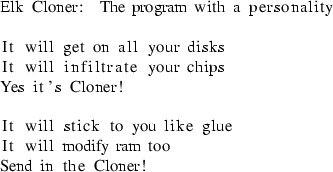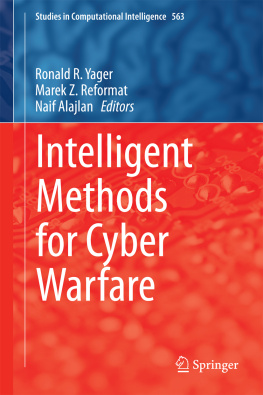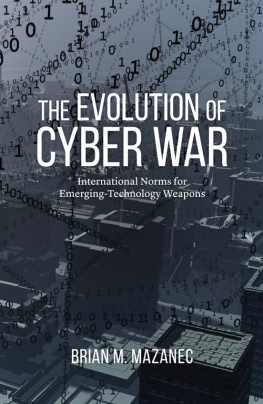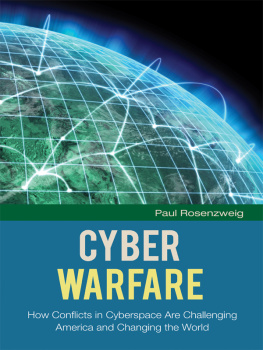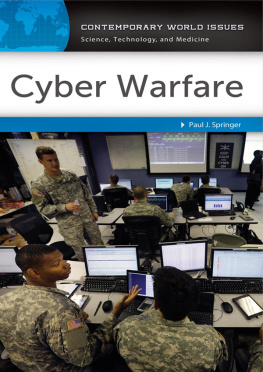Introduction
Malware, short for malicious software, is the weapon of cyber warfare. It enables online sabotage, cyber espionage, identity theft, credit card theft, and many more criminal, online acts. A major challenge in dealing with the menace, however, is its sheer volume and rate of growth. Tens of thousands of new and unique malware are discovered daily . The total number of new malware has been growing exponentially, doubling every year over the last three decades.
Analyzing and understanding this vast sea of malware manually is simply impossible. Fortunately for the malware analyst, very few of these unique malware are truly novel. Writing software is a hard problem, and this remains the case whether said software is benign or malicious. Thus, malware authors often reuse code and code patterns in creating new malware. The result is the existence of inherent patterns and similarities between related malware, a weakness that can be exploited by malware analysts.
In order to capitalize on this inherent similarity and shared patterns between malware, the anti-malware industry has turned to the field of Machine Learning, a field of research concerned with teaching computers to recognize concepts. This learning occurs through the discovery of indicative patterns in a group of objects representing the concept being taught or by looking for similarities between objects. Though humans too use patterns in learning, such as using color, shape, sound, and smell to recognize objects, machines can find patterns in large swaths of data that may be gibberish to a humans, such as the patterns in sequences of bits of a collection of malware. Thus, Machine Learning has a natural fit with Malware Analysis since it can more rapidly learn and find patterns in the ever growing corpus of malware than humans.
Both Machine Learning and Malware Analysis are very diverse and varied fields with equally diverse and varied ways in which they overlap. In this chapter, we seek to provide a guiding, overhead cartography of these varied landscapes, focusing on the areas and ways in which they overlap. We do not seek to provide a comprehensive tutorial or introduction to either Malware or Machine Learning research. Instead, we strive to elucidate the major ideas, issues, and intuitions for each field; pointing to further resources when necessary. It is our intention that a researcher in either Malware Analysis or Machine Learning can read this chapter and gain a high-level understanding of the other field and the problems in Malware that Machine Learning has, is, and can be used to solve.
A Short History of Malware
The theory of malware is almost as old as the computer itself, tracing back to lectures by von Neumann in late 1940s on self-reproducing automata []. These early malware, if they can be called as such, did nothing significantly more than demonstrate self-reproduction and propagation. For example, one of the earliest malware to escape into the wild was called Elk Cloner and would simply display a small poem every 50th time an infected computer was booted:
The term computer virus was coined in early 1980s to describe such self-replicating programs []. The use of the term was influenced by the analogy of computer malware to biological viruses. A biological virus comes alive after it infects a living organism. Similarly, the early computer viruses required a hosttypically another programto be activated. This was necessitated by the limitations of the then computing infrastructure which consisted of isolated, stand-alone, machines. In order to propagate, that is infect currently uninfected machines, a computer virus necessarily had to copy itself in various drives, tapes, and folders that would be accessed by different machines. In order to ensure that the viral code was executed when it reached the new machine, the virus code would attach itself to, i.e. infect, another piece of code (a program or boot sector) that would be executed when the drive or tape reached another machine. When the now infected code would later execute, so would the viral code, furthering the propagation.
The early viruses remained mostly pranks. Any damage they caused, such as crashing a computer or exhausting disk space, was largely unintentional and a side effect of uncontrolled propagation. However, the number and spread of viruses quickly grew to enough of a nuisance that it led to the development of first anti-virus companies in the late 1980s. Those early viruses were simple enough that they could be detected by specific sequences of bytes, a la signatures.
The advent of networking, leading to the Internet, changed everything. Since data could now be transferred between computers without using an external storage device, so could the viruses. This freedom to propagate also meant that a virus no longer needed to infect a host program. A new class of malware called worm emerged. A worm was a stand alone program that could propagate from machine to machine without necessarily attaching to any other program.
Malware writing too quickly morphed from simple pranks into malicious vandalism, such as that done by the ILOVEYOU worm. This worm came as an attachment to an email with the (unsurprising) subject line ILOVEYOU. When a user would open the attachment, the worm would first email itself to the users contacts and then begin destroying data on the current computer. There were a number of similar malware created, designed only to wreak havoc and gain underground notoriety for their authors. These graffiti malware, however, soon gave way to the true threat: malware designed to make money and steal secrets.
Malware today has little if any resemblance to the malware of past. For one, gone are the simple days of pranks and vandalism conducted by bored teenagers and budding hackers. Modern malware is an well-organized activity forming a complete underground economy with its own supply chain. Malware is now a tool used by large underground organizations for making money and a weapon used by governments for espionage and attacks. Malware targeted towards normal, everyday computers can be designed to steal bank and credit card information (for direct theft of money), harvest email addresses (for selling to spammers), or gain remote control of the computer. The major threat from malware, however, comes from malware targeted not towards the average computer, but towards a particular corporation or government. These malware are designed to facilitate theft of trade or national secrets, steal crucial information (such as sensitive emails), or attack infrastructure. For example, Stuxnet was malware designed to attack and damage various nuclear facilities in Iran. These malware often have large organizations (such as rival corporations) or even governments behind them.
